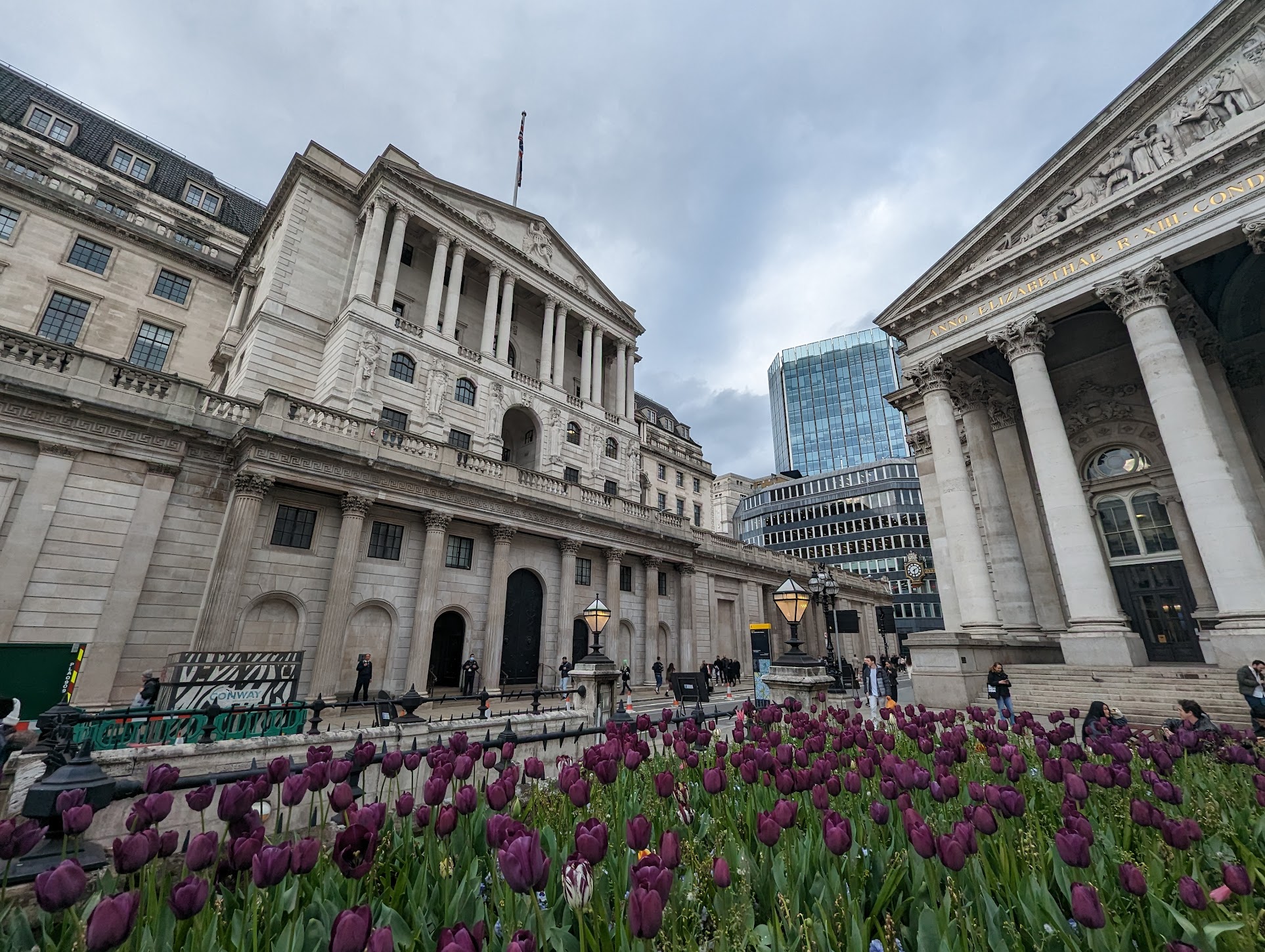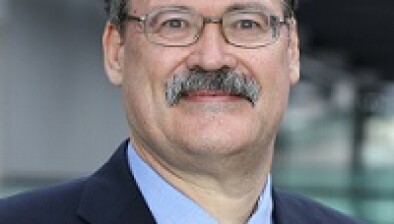EY: Labour market dynamics challenge MPC’s next rate decision

Recent data emerging from Scotland’s labour market has placed the Monetary Policy Committee’s (MPC) next interest rate decision in a challenging position.
In Q2, both private sector pay growth and unemployment exceeded the Bank of England’s expectations, suggesting a potential rate hike.
Martin Beck, chief economic advisor to the EY ITEM Club, said: “The latest official labour market numbers offered few signs that growing slack in the jobs market is exercising any discipline on pay growth.
“For sure, the fact that year-on-year growth in total pay in Q2 accelerated to a record high of 7.8% from 7.2% in the three months to May partly reflected March’s relatively soft reading dropping out of the three-month comparison. But headline private sector regular pay growth, which the MPC has highlighted as an indicator of domestic inflationary pressure, also picked up.
“At 8.2%, this measure was well above the Bank of England’s forecast of 7.6% and a new record high outside the pandemic period.”

Martin Beck
Mr Beck continued: “The fact that pay growth has failed to decelerate would appear to make another rise in interest rates a given. But the MPC’s decision is complicated by two factors.
“One is a significant slowdown in median pay growth in July, according to HMRC payroll data (which can, however, be prone to revision). The second is evidence of growing slack in the jobs market.
“Employment and economic activity fell in Q2, pushing the Labour Force Survey (LFS) unemployment rate up to 4.2%, 0.3ppts higher than Q1 and above the Bank of England’s forecast of 4%. An increase in the single month rate to 4.6% in June from 4% three months earlier points to the headline jobless rate continuing to increase, as does a further fall in vacancies.”
He concluded: “Short of a major downside surprise in tomorrow’s inflation data, another rate rise in September looks very likely, given the committee’s focus on the official pay numbers.
“But the EY ITEM Club thinks the loosening in labour market conditions should mean that’s the final rate increase of this cycle.”







